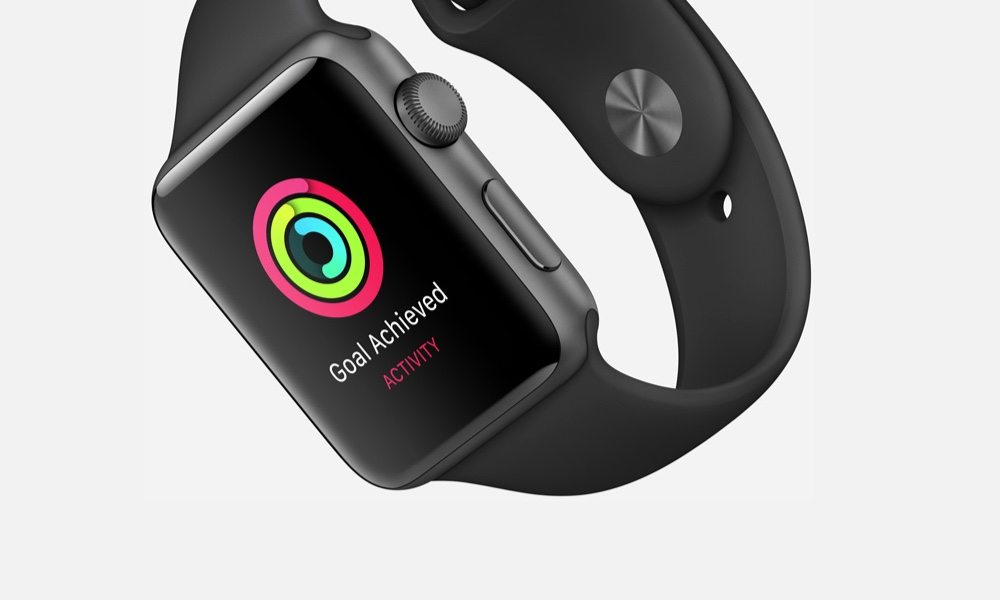Apple Watch Thrives in Ultra-Niche Market

Toggle Dark Mode
The Apple Watch was perceived as a polarizing device when it first launched back in 2015. While it certainly wasn’t the first wearable to hit the market, Apple’s was the grandest of such devices to incorporate the company’s minimalist yet functional design elements, technological prowess, and practicality.
However, it was a niche product for the company, specifically marketed to the health-minded, exercise-savvy, and ‘gotta-have-it-all’ constituents of the general population – and even more so when factoring in the multitude of more cost-conscious offerings from Apple’s competitors that have sprouted up on the market. Not to mention, in order to even use an Apple Watch in the first place, it has to be paired via Bluetooth with a compatible iPhone.
Perhaps for these reasons, and others, once the initial thrill of the device began to fizzle out shortly after its debut, Apple Watch had begun performing somewhat unsatisfactorily in the quarters that followed — leading up to the highly-anticipated unveiling of the 2nd generation Apple Watch last fall.
Even though, in many ways, Apple Watch Series 2 was almost indiscernible from the original, the company managed to bake in a bevy of next-generation features, including an upgraded S2 SoC, a vastly improved water-proofing technology, a brighter display, and so much more. In other words, though it followed closely in the footsteps of its predecessor, Apple Watch Series 2 was a true stride in the right direction.
Such a stride, in fact, that after releasing the Apple Watch Series 2 last September, Apple reported having its “best sales quarter yet”. Of course, while the Cupertino-company is known to be coy when it comes to divulging raw sales figures, a new report issued by IDC this afternoon paints a very real estimate of just how well Apple Watch fared amidst the increasing number of comparable wearables on market.
Specifically, IDC found that Apple shipped a total of 4.6 million Apple Watches during the holiday quarter, beginning in September, 2016, and running through December 31st. When factoring in the general wearables market, Apple Watch accounted for roughly 13.6% of the overall wearables devices sold — a noteworthy 13% growth over the 4.1 million Apple Watches shipped during its initial launch quarter a year prior.
Since Apple, for whatever reason, declines to disclose Apple Watch sales figures, the IDC analysis is currently the most reliable source we can draw upon.
“Like any technology market, the wearables market is changing,” said research manager for IDC’s Wearable’s team, Ramon Llamas, while adding that the wearable craze first began when “single-purpose devices” — such as fitness trackers — began hitting the market.
Llamas noted that, in recent years, specifically, these previously limited devices have been blossoming into more multi-functional devices, incorporating elements of health and fitness tracking, smartphone integration, and advanced features like apps of their very own. Still, the future of Apple Watch — and even smartwatches, in general — is fairly limited in terms of innovation potential. Certainly, Apple has a number of exciting plans in store for the Apple Watch Series 3, which could even touch down later on this fall.
Are you an Apple Watch user? Let us know in the comments!






